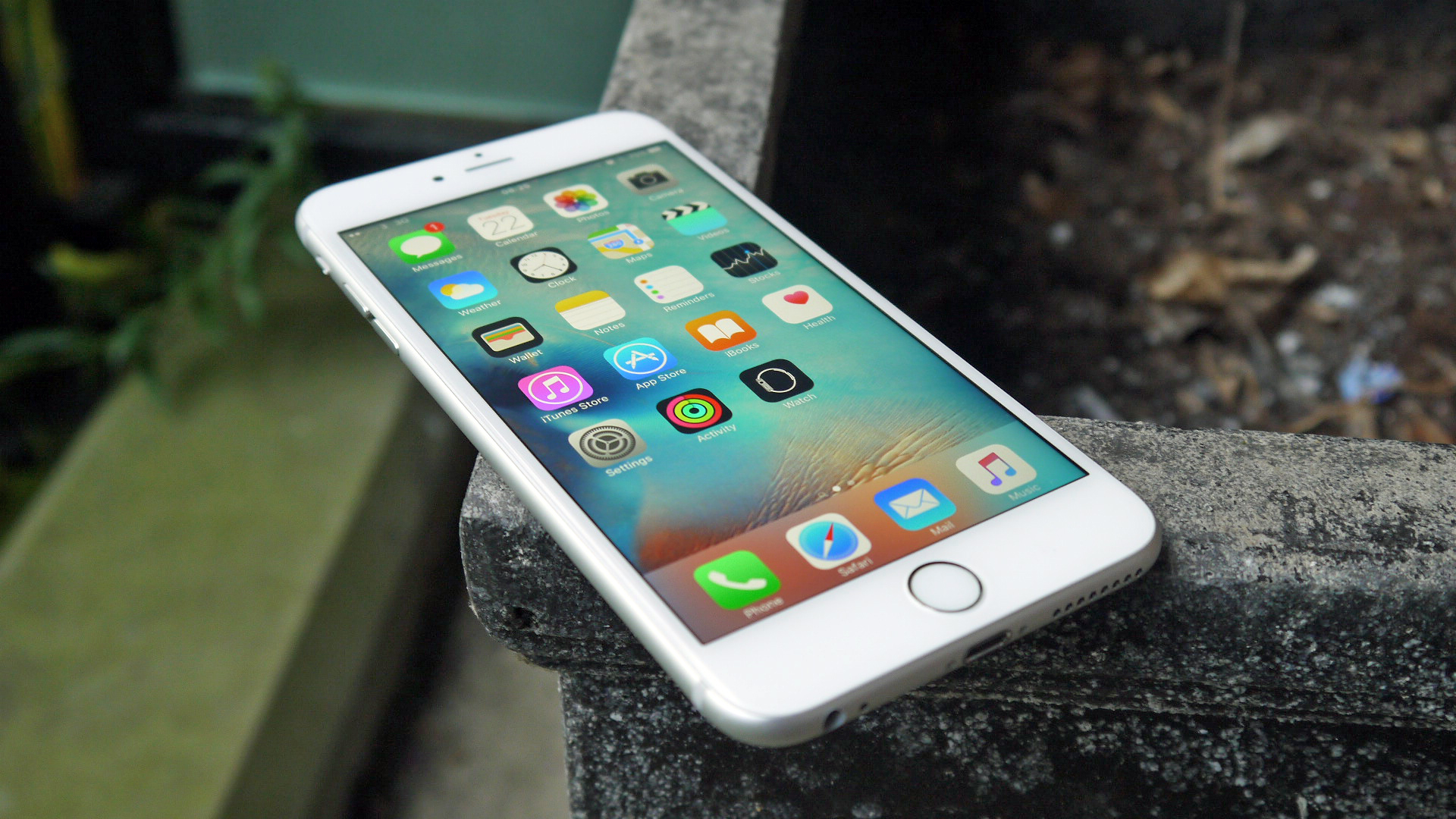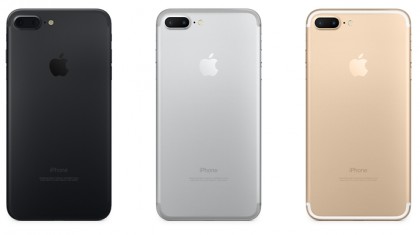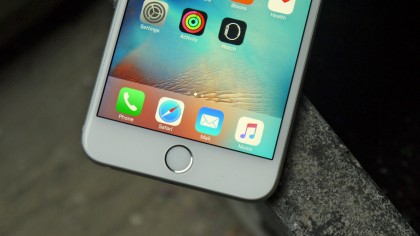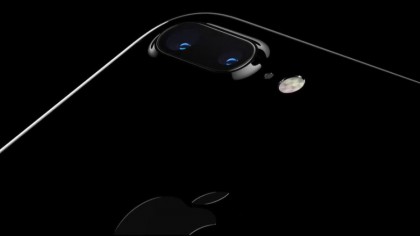iPhone 7 Plus vs iPhone 6S Plus
Similar designs but very different features

After months of leaks and speculation we're finally face to face with Apple's next two handsets – the iPhone 7 and the iPhone 7 Plus. Of the two, the iPhone 7 Plus is the bigger and arguably more interesting, with major features not found on the standard iPhone 7, like a dual-lens camera.
But at first glance the 7 Plus looks a lot like the iPhone 6S Plus, a phone which is still one of the best around, so how much has really changed? And is the iPhone 7 Plus much of an upgrade?
Join us as we dive into a specs and features comparison below, covering everything from the design and screen, to the battery life and price, to bring you those answers.
Design
Apple hasn't done much to change up the design for the iPhone 7 Plus, but it has been refined. Both phones are clad in metal with the same shape and dimensions, but while the iPhone 6S Plus has antenna bands running across the back, the iPhone 7 Plus shifts them to the top and bottom edges where they're less visible.
The iPhone 7 Plus is also available in two new colors – 'Black' and 'Jet Black', both of which hide the antenna bands, though there's no space grey version, which there is for the iPhone 6S Plus.

The two biggest changes to the design aren't as immediately visible though. First up Apple's removed the 3.5mm headphone port, which means you'll need to go wireless or use the Lightning port (plus an adapter for any existing headphones).
That's arguably a mark against the iPhone 7 Plus, but Apple has added an extra speaker into the mix, providing stereo sound, so music played out of the phone should sound better.
Get daily insight, inspiration and deals in your inbox
Sign up for breaking news, reviews, opinion, top tech deals, and more.
The other major change is that for the first time Apple has made its handsets IP67 certified water and dust resistant, so if you like to use your phone in the rain the iPhone 7 Plus is a much better choice than the iPhone 6S Plus.
Display
You won't find much difference here, with both phones packing a 5.5-inch 1080 x 1920 display, but the screen on the iPhone 7 Plus is 25% brighter than the 6S Plus and sports a wider color gamut.

Both screens are high quality, if a little lacking in resolution for a flagship phone, and both sport 3D Touch tech, allowing you to use different levels of pressure for different results.
Power and OS
The iPhone 7 Plus should offer a big power boost, with the new quad-core A10 Fusion processor at its heart, set to deliver serious performance.
It's got two high-performance cores which are 40% faster than the dual-core A9 in the iPhone 6S Plus, as well as two high-efficiency cores that run at one fifth the power to extend battery life. The iPhone 7 Plus also has a hexa-core GPU, which is 50% faster than the A9.
All of that should lead to a massive performance boost, though it's not as if Apple's previous phablet is lacking for power, so you're unlikely to feel hampered if you stick with the older model.
The 7 Plus runs iOS 10, which you'll also soon be able to install on the iPhone 6S Plus as a software update, so there's not much difference there – though the ways you can interact with it will differ slightly between handsets, thanks to the new force-sensitive home button on the iPhone 7 Plus, which offers unique vibration feedback for different notifications.
It's also worth noting that as a brand new phone the iPhone 7 Plus is likely to be supported with software updates for a year longer than the 6S Plus.
Camera
The camera on the iPhone 7 Plus is perhaps the single biggest change from the iPhone 6S Plus, as where that phone has a single-lens 12MP camera with optical image stabilization (OIS) and a dual-LED flash, the iPhone 7 Plus has a dual-lens 12MP camera with OIS and a quad-LED flash.
The extra lens is the biggest addition, allowing you to take standard or wide-angle shots, and offering optical zoom, while the extra LEDs allow the flash to let out 50% more light and reach 50% further.

Plus the camera is faster and more energy efficient than last year's and there's an upgraded 7MP camera on the front, where the iPhone 6S Plus has just a 5MP one.
We'll be putting the new camera to a thorough test in our review, but on paper it sounds significantly more versatile than the iPhone 6S Plus' snapper – though the older phone has a capable camera in its own right.
Battery
Apple's handsets are rarely known for beefy batteries and while the 2750mAh juice pack in the iPhone 6S Plus can comfortably see you through a day it's far from one of the most long-lasting around.
But Apple promises improvements for the iPhone 7 Plus, with a larger battery that on average apparently lasts one hour longer than the 6S Plus. This is another area that will need some thorough testing – look out for that in our full review – but while we're not expecting miracles it sounds likely that the iPhone 7 Plus is a better option for the battery-hungry.
Release date and price
The iPhone 6S Plus is out already, of course, and with the launch of the iPhone 7 its price has dropped to $649/£599/AU$1079 for a 32GB handset or $749/£699/AU$1229 for a 128GB one, making it a relatively affordable - though still far from cheap - option.
The iPhone 7 Plus meanwhile is arriving on Friday September 16 (though you can put in pre-orders from this Friday - September 9).
You'll have to stump up $769/£719/AU$1269 for the smallest (32GB) model, which is a lot, and the price goes up to $869/£819/AU$1419 if you want a 128GB handset or $969/£919/AU$1569 for a 256GB version. But it's actually a similar price to what the iPhone 6S Plus launched at - and you can get more storage for your money.
- Read up on the Apple Watch Series 2
James is a freelance phones, tablets and wearables writer and sub-editor at TechRadar. He has a love for everything ‘smart’, from watches to lights, and can often be found arguing with AI assistants or drowning in the latest apps. James also contributes to 3G.co.uk, 4G.co.uk and 5G.co.uk and has written for T3, Digital Camera World, Clarity Media and others, with work on the web, in print and on TV.